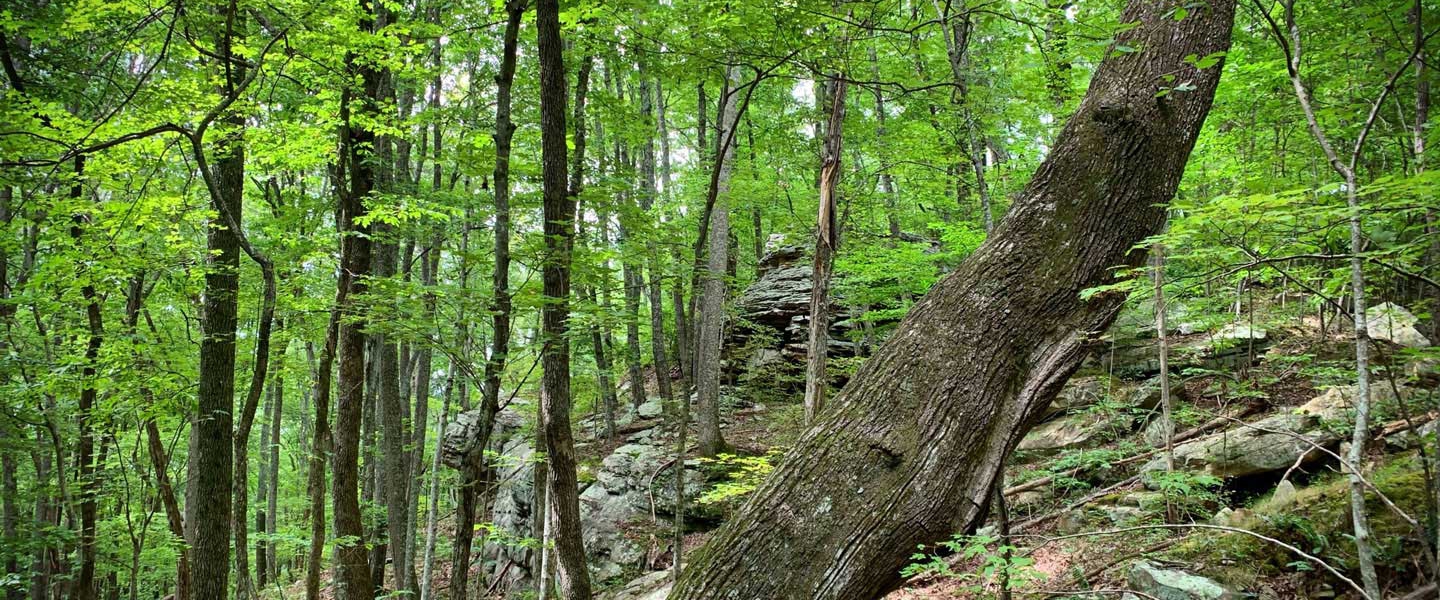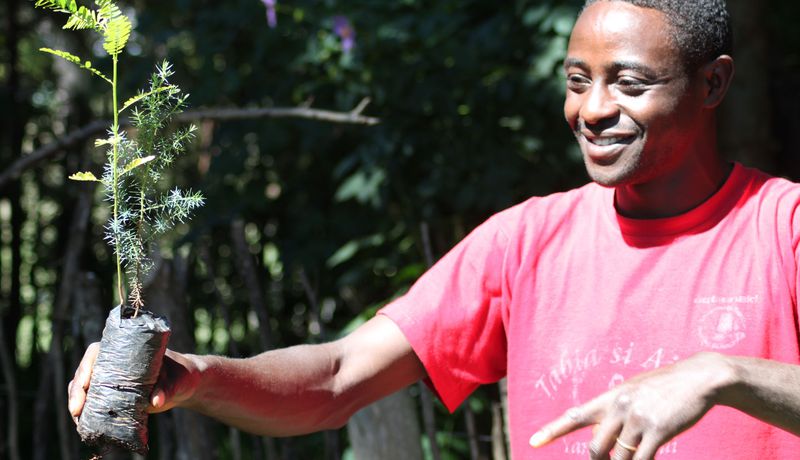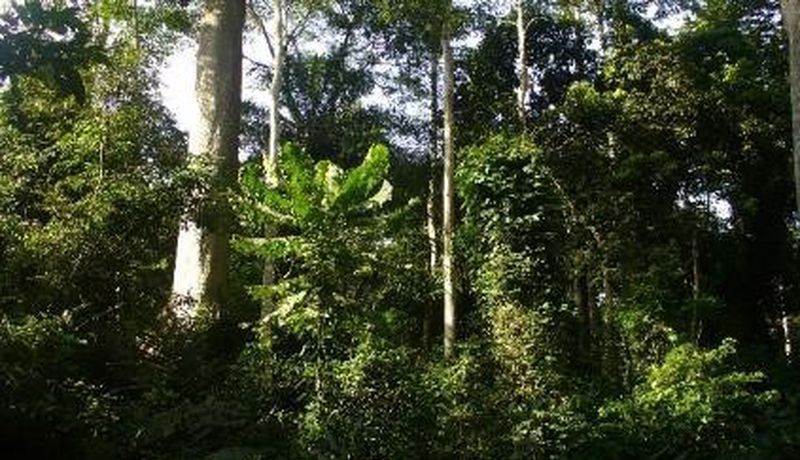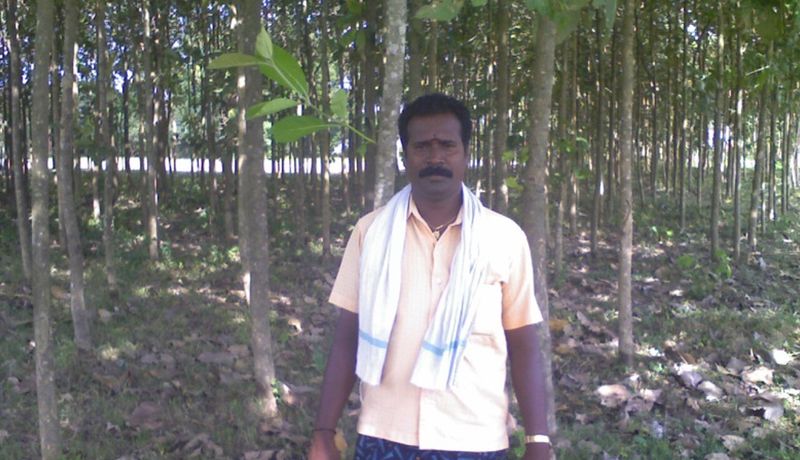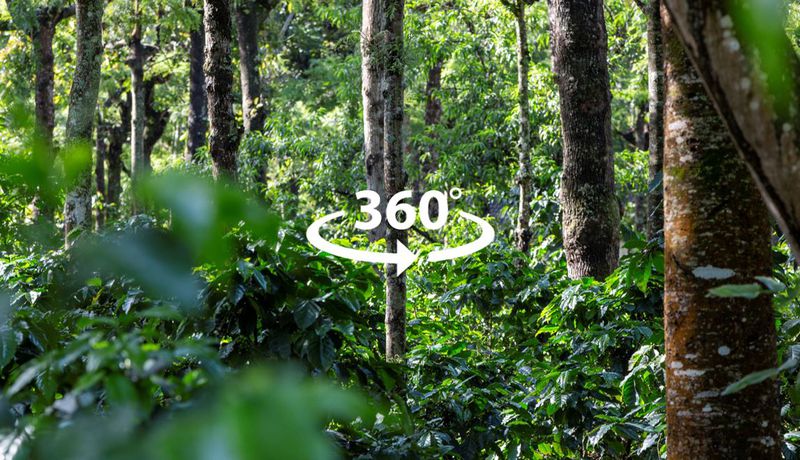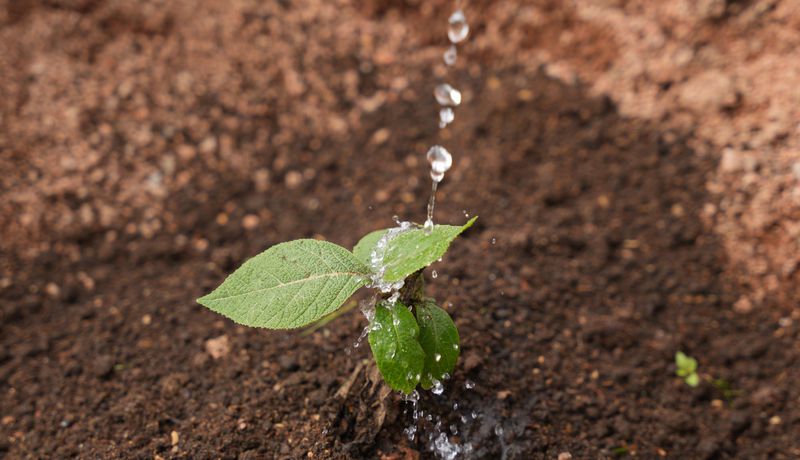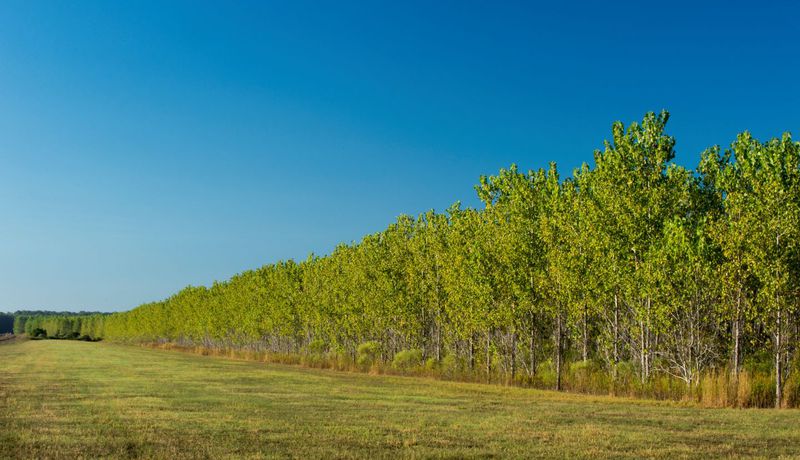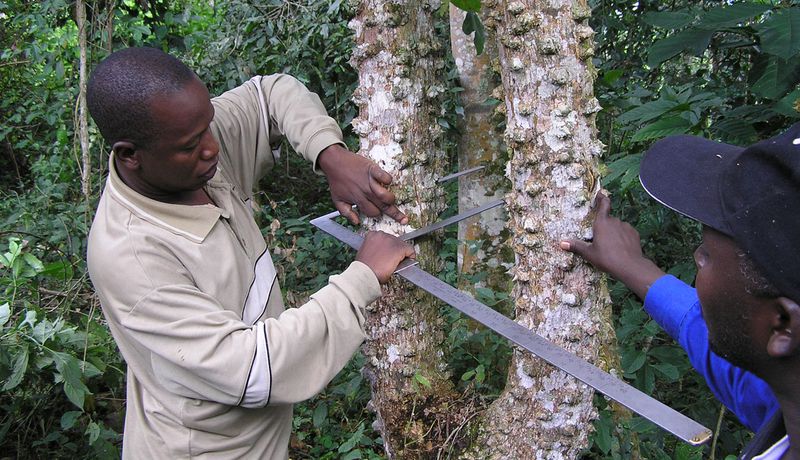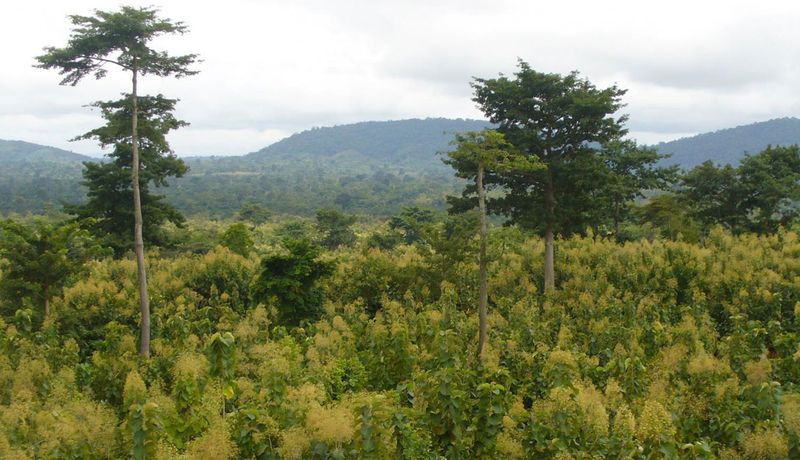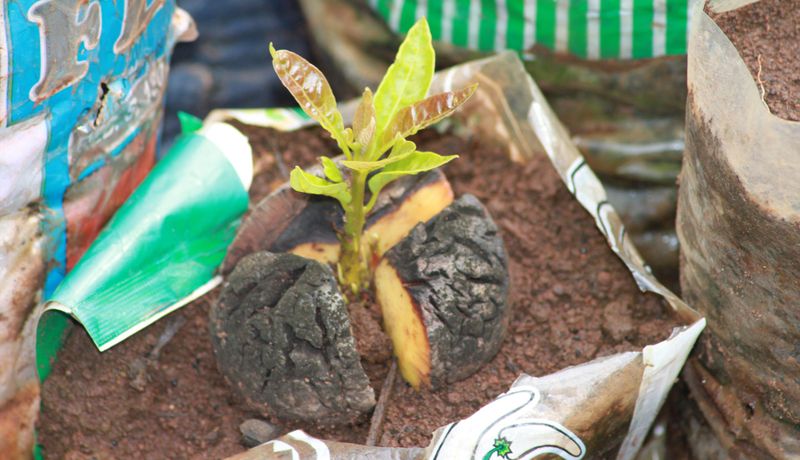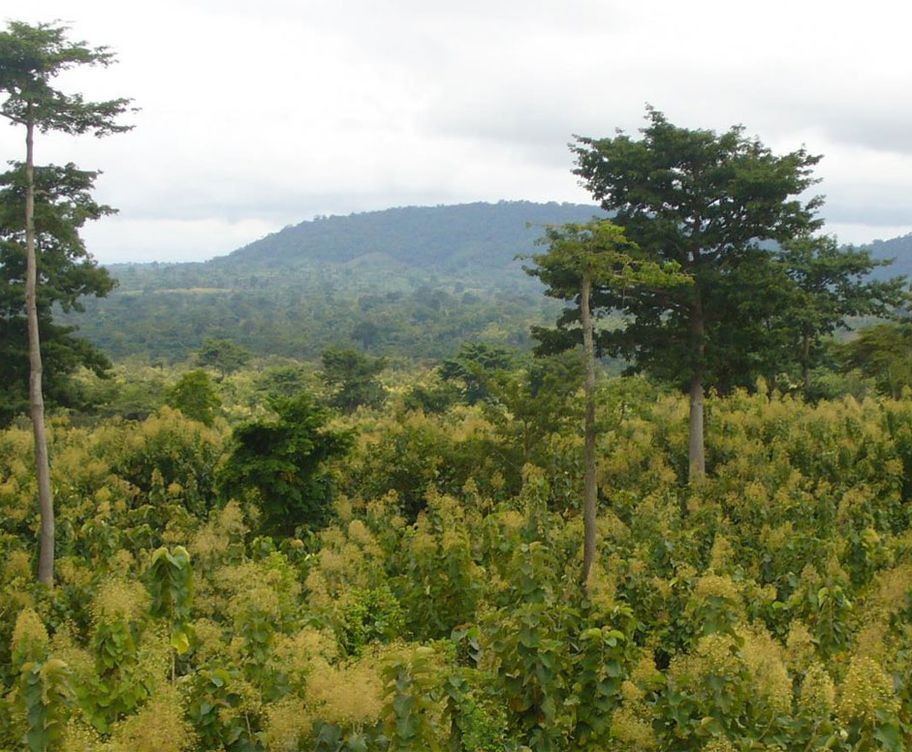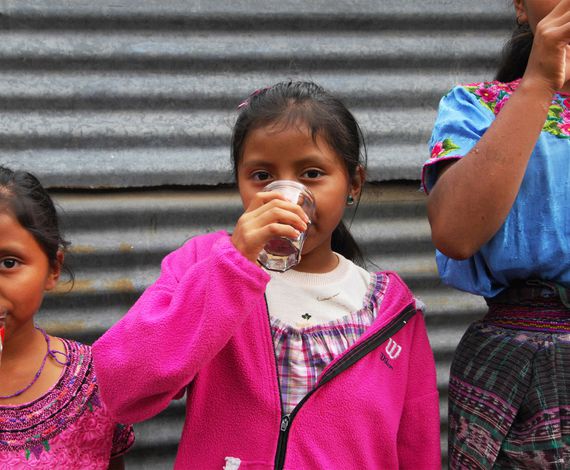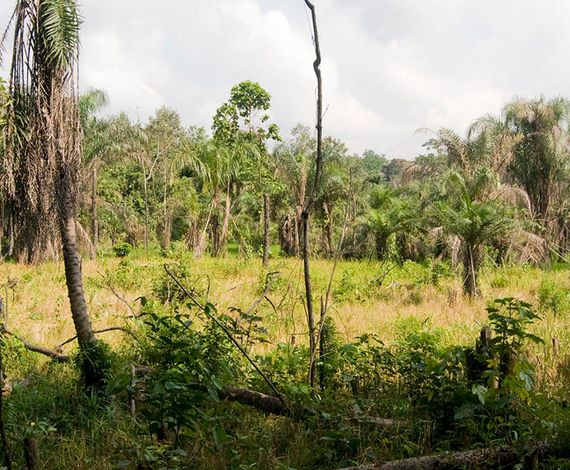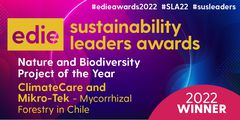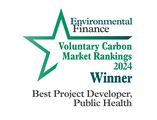As trees are one of our biggest allies in the fight against climate change, reforestation projects are critical to the health of our planet.
Reforestation projects are an important climate solution in the Voluntary Carbon Market (VCM) as they offer a high-quality, scalable and cost-effective way to remove carbon from the atmosphere. They also provide a range of co-benefits including enhancing biodiversity, providing habitat for wildlife and supporting sustainable livelihoods.
What is reforestation?
Reforestation refers to planting trees in areas that were recently cleared of trees, usually between ten and fifty years ago. Trees are planted where forest cover has been removed, degraded, or destroyed. In addition, natural regeneration is promoted in areas where forests have been disturbed but not completely removed.
Reforestation is an important strategy for mitigating the effects of deforestation, which can lead to soil erosion, loss of biodiversity, and increased carbon emissions. By restoring forest cover, reforestation can help to stabilize ecosystems, protect watersheds, and promote carbon sequestration.
How is reforestation achieved?
Reforestation can be achieved through a range of approaches, including natural regeneration, assisted natural regeneration, and tree planting:
- In natural regeneration, forests are allowed to regrow on their own, with minimal human intervention.
- In assisted natural regeneration, human interventions are used to support the natural regeneration process, such as through the removal of invasive species or the planting of certain tree species.
- In tree planting, trees are planted in areas where forest cover has been lost or degraded.
Reforestation can have a range of benefits for local communities by providing economic opportunities through the sustainable use of forest resources. Smaller-scale community-led reforestation projects typically focus on planting trees that add value to the community such as long-lasting fruit and nut trees and fast-growing fuelwood that can be sustainably harvested and replanted.
Carbon finance is creating incentives to pursue a diverse range of projects like community-led reforestation to create productive forests which is vital to climate action.
What is the difference between afforestation and reforestation?
Reforestation refers to planting trees in areas where forest cover has been removed, degraded, or destroyed. Trees are planted where forest cover has been usually between ten and fifty years ago.
Afforestation is the process of establishing a forest in an area that was previously devoid of forest cover or not for a long time, usually longer than fifty years ago.
Have you ever visited a forestry carbon project?
View our immersive 360-degree video tour below to see how some of our global afforestation and reforestation projects are a climate solution that remove carbon and create local job opportunities.
You will experience:
- A large-scale commercial forestry project that has found a new way to value trees as more than just the timber they could be cut down for.
- How afforestation and reforestation projects are monitored to remove carbon emissions as the trees grow.
- The unique way that latex sap is sustainably harvested from rubber tree forests
Why is reforestation important in tackling climate change?
Reforestation is a critical tool for combatting climate change because when forests are restored, their trees are one of the most effective ways at removing carbon dioxide from the atmosphere through the process of photosynthesis, storing it in their biomass and in the soil.
Reforestation can also help to prevent deforestation and forest degradation, which are major sources of greenhouse gas emissions. When forests are cleared for agriculture, pastureland, or other land uses, the carbon stored in the trees is released into the atmosphere, contributing to global warming.
By restoring forests through reforestation, we can reduce the pressure on existing forests and help to maintain their carbon storage capacity.
How does reforestation work?
The process of reforestation typically involves the following:
- Site selection: The first step in reforestation is to select a suitable site for planting trees. The site should have adequate soil, water, and sunlight to support tree growth, and should be accessible for planting and maintenance.
- Species selection: The next step is to select tree species that are well-suited to the site conditions and the local climate. The species selected should be native to the area, or at least well-adapted to the local environment.
- Planting: Once the site and species have been selected, the trees can be planted. Depending on the site and the planting method used, trees can be planted by hand, with the use of mechanical equipment, or with the use of aerial seeding.
- Maintenance: After planting, the trees will require ongoing care and maintenance to ensure their survival and growth. This may involve watering, fertilization, weed control, and pest management, among other activities.
- Monitoring: Finally, the trees will need to be monitored over time to assess their growth and development, to identify any issues or challenges that may arise and to calculate the carbon removed by the trees in their lifetime.
Reforestation can also involve the restoration of degraded forest ecosystems through natural regeneration, where trees and other vegetation are allowed to regrow on their own, with minimal human intervention. In these cases, the forest is monitored to ensure that natural regeneration is progressing effectively and to identify areas where additional support may be needed.
Reforestation is a complex process and it is essential that these projects are done to a high standard, in a sustainable way that has passed rigorous quality assurance checks. But when implemented properly, reforestation can provide a large range of benefits, including biodiversity conservation, carbon sequestration, and economic benefits for those most impacted by climate change but least responsible for it.
Examples of Climate Impact Partners reforestation projects
Community reforestation in Ghana
This project engages local farmers to plant trees and grow crops, via intercropping, on degraded lands. Tree planting includes a mix of teak and indigenous trees following the principles of the Forest Stewardship Council (FSC). Additionally, water infrastructure has been installed in the local villages to engage communities.
In addition to delivering emission removals, over 1,000 jobs have been created, and more than 6,000 hectares of project land is available to local farmers for intercropping. 40% of jobs created to be filled by women and 25% of the available areas for intercropping to be allocated to female farmers.
Mississippi Valley reforestation in USA
The project aims to reforest one million acres of the Lower Mississippi Alluvial Valley, an area which was once covered by nearly 10 million hectares of dense forest. As a result of sustained deforestation and agricultural land use conversion, over 75% of the forest cover has been lost.
Reforestation helps protect against hurricane and flood damage, controlling soil and nutrient run-off. The forestland is also a vital habitat for numerous plant and animal species. The project helps initiate sustainable tree harvesting, which creates jobs for harvesters and wood processors.
Speak with one of our team to learn more about reforestation carbon offset projects and how your company can take climate action today.
How are carbon credits generated through reforestation?
Carbon credits can be generated through reforestation by quantifying the amount of carbon dioxide that is sequestered, or removed from the atmosphere, by re-growing trees. The carbon that is stored in the trees and the soil can be measured and verified using various methodologies, such as the Verified Carbon Standard or the Clean Development Mechanism.
Once the amount of carbon sequestered has been measured and verified, it can be converted into high-quality carbon offsets. One carbon credit represents one tonne of carbon dioxide that has been removed from the atmosphere and stored in a reforestation project.
Reforestation projects can generate credits in several ways. One way is to plant trees in areas that were previously deforested or degraded and allow the forest to regenerate naturally. In this case, the amount of carbon sequestered by the re-growing forest is then measured.
Another way is to actively plant trees in areas where forests have been lost, such as degraded agricultural land or urban areas. In this case, the amount of carbon sequestered by the newly planted trees is measured.
How carbon finance impacts reforestation projects
Carbon finance can benefit reforestation projects in several ways:
- Providing sustainable financial incentives: It can provide a reliable source of revenue for reforestation projects by creating a market for high-quality carbon offsets. The sale of carbon credits can generate revenue that can be used to cover the costs of establishing and maintaining new forests and scaling projects, resulting in greater climate impact.
- Promoting sustainable land use: It can help to promote sustainable land use practices by providing financial incentives for landowners and investors to participate in reforestation projects. This can help to mitigate the effects of deforestation and promote the restoration of degraded landscapes.
- Contributing to climate change mitigation: By removing carbon dioxide from the atmosphere and storing it in new forests, reforestation projects can help to reduce greenhouse gas emissions and the overall concentration of carbon dioxide in the atmosphere thereby helping to mitigate climate change.
- Providing co-benefits: In addition to carbon sequestration, reforestation projects can provide a range of co-benefits, such as habitat restoration, soil conservation, and biodiversity conservation. Carbon projects can help to support these co-benefits, which can have important ecological, social, and economic benefits.
It is vital that reforestation carbon projects through the VCM are of the highest quality and are credible, transparent, and represent real and additional emissions reductions.
All the carbon projects we support are independently validated and verified in line with recognized global standards, including the Clean Development Mechanism, the Verified Carbon Standard (VCS), the Gold Standard, the American Carbon Registry (ACR) and the Climate Action Reserve (CAR).
Here are some examples of reforestation project methodologies used in the Voluntary Carbon Market.
VCS – Verified Carbon Standard:
ACR - American Carbon Registry:
CDM – Clean Development Mechanism:


